Cloud ERP: Navigating the Shift to a Remote Work-Friendly System
Cloud ERP: Navigating the Shift to a Remote Work-Friendly System

ERP systems are changing quickly due to the increasing trend of remote work. This change has made ERP systems more crucial for businesses. Nowadays, ERP systems prioritize making work smoother, enabling collaboration, and offering accessibility from any location. Furthermore, the evolution of ERP took a significant turn with the rise of cloud computing. Cloud-based ERP systems transformed how businesses managed their technology infrastructure. Some key aspects of ERP systems in remote work settings include:
Accessibility and Mobility:
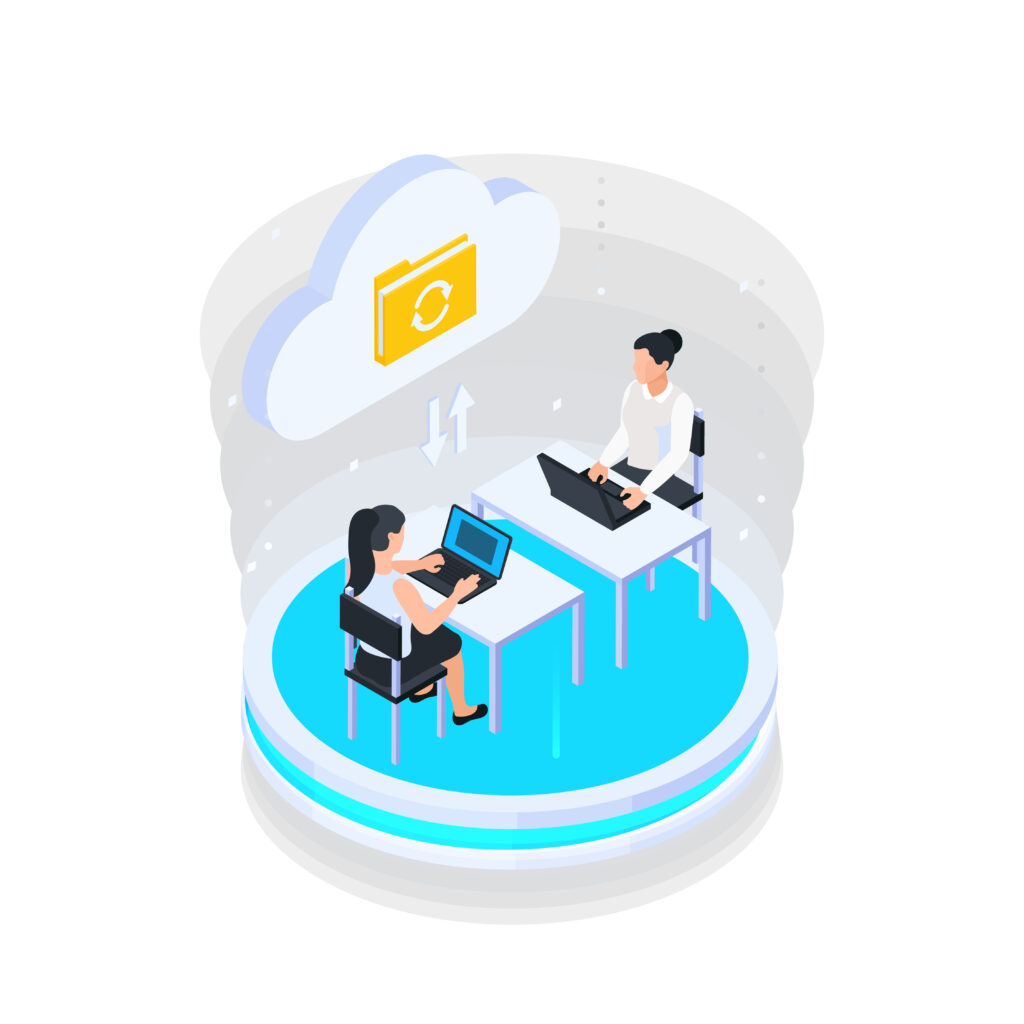
Today, remote work is common, and Cloud ERP systems like SAP Business One (SAP B1) are leading the way. They let people work from anywhere with internet access, making collaboration easy and providing real-time data. Cloud ERP also focuses on mobile accessibility, ensuring remote workers can stay productive. Plus, ERP systems keep data consistent across teams, reducing mistakes. With Cloud ERP like SAP B1, businesses thrive in remote setups, staying connected and efficient.
Cloud ERP Solutions:
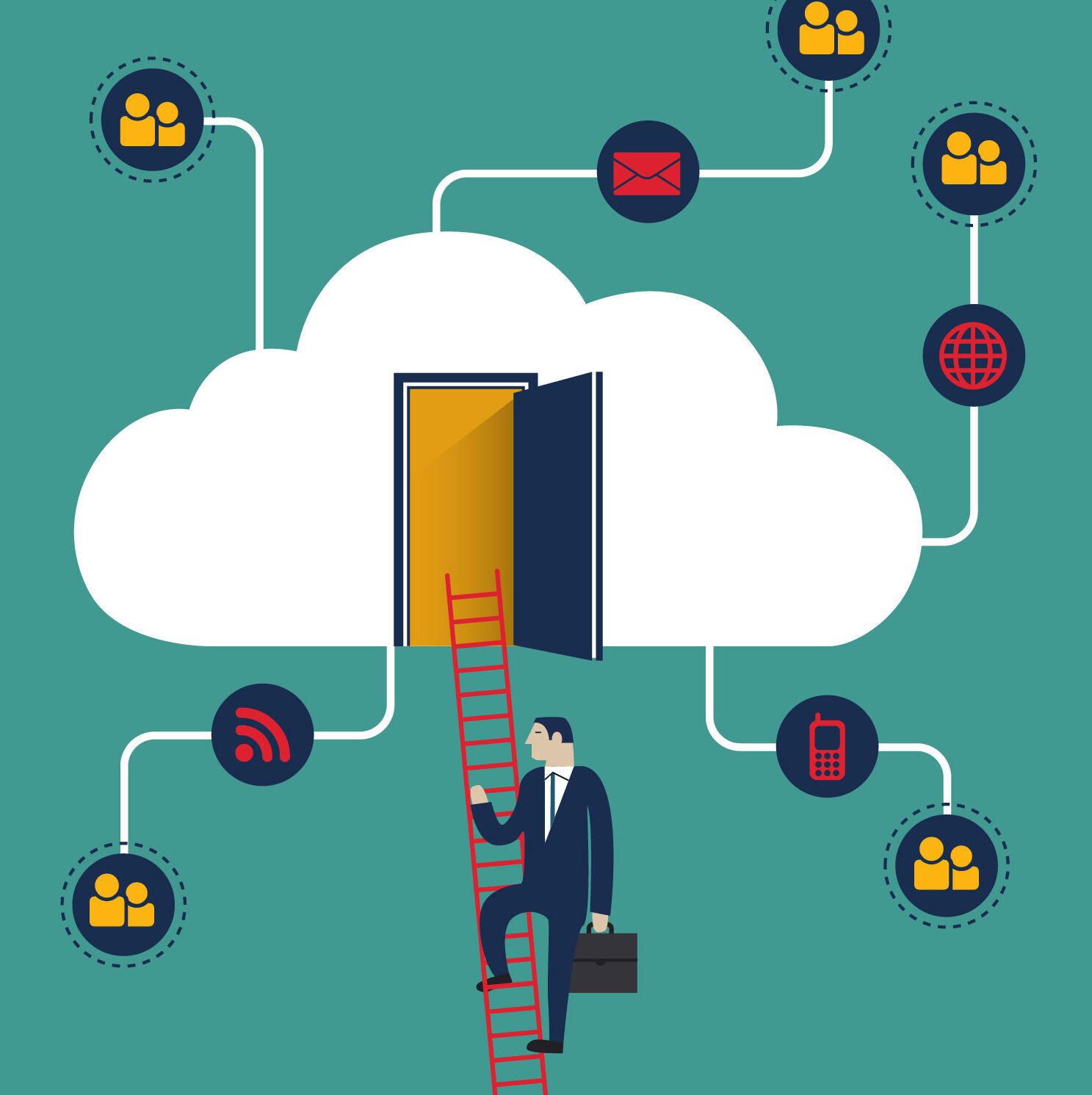
Cloud-based ERP systems are gaining popularity because they’re easy to access remotely and don’t require complex setups. They help teams collaborate from different places, save costs, and ensure everyone has the same data and updates in real-time.
Improved Collaboration:

SAP B1 includes features like chat, email, video conferencing, and cloud storage to support remote teamwork directly within the ERP platform. This makes communication easier and enhances project collaboration.
Protecting Data:
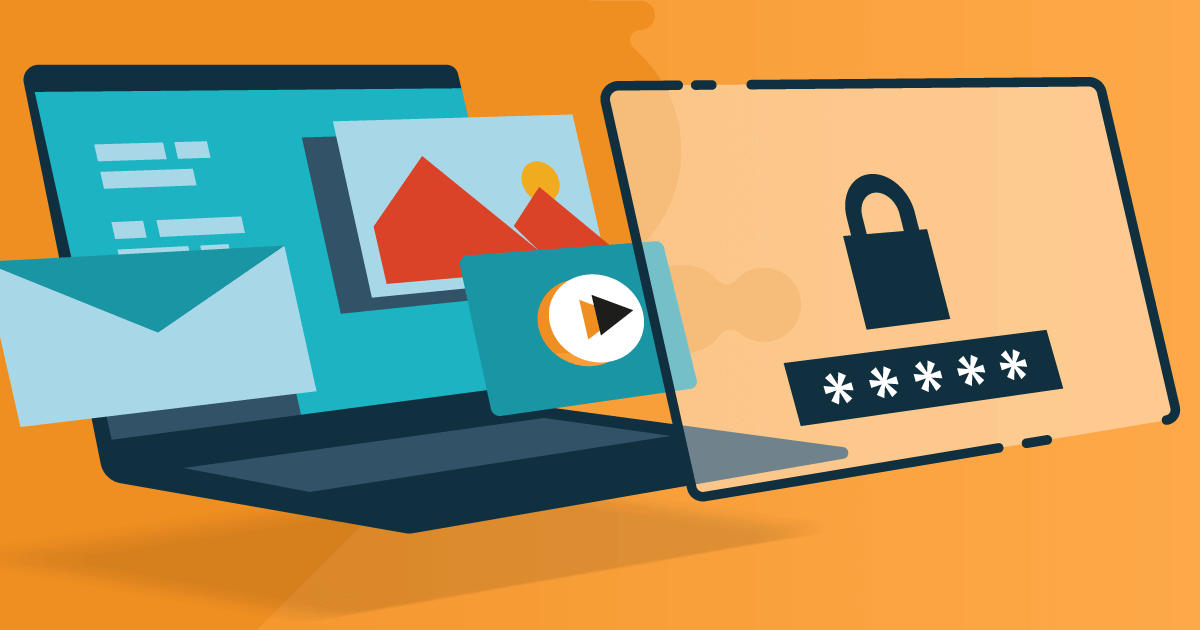
With more employees accessing ERP systems remotely, security is crucial. ERP vendors focus on strong security measures like encryption, authentication, and access controls to keep client data safe from threats.
Adaptable Workflows and Automated Processes:

SAP B1 offers flexible workflows to meet the demands of remote work setups. Automation of routine tasks and processes further enhances efficiency, saving time and reducing manual effort.
Remote Training and Onboarding:

With simple remote access to ERP systems, training and onboarding become effortless. Shared resources like tutorials and documentation help employees adapt to new processes, tools, and changes, enabling them to excel in their roles, no matter where they are located.
Analytics and Decision-Making:
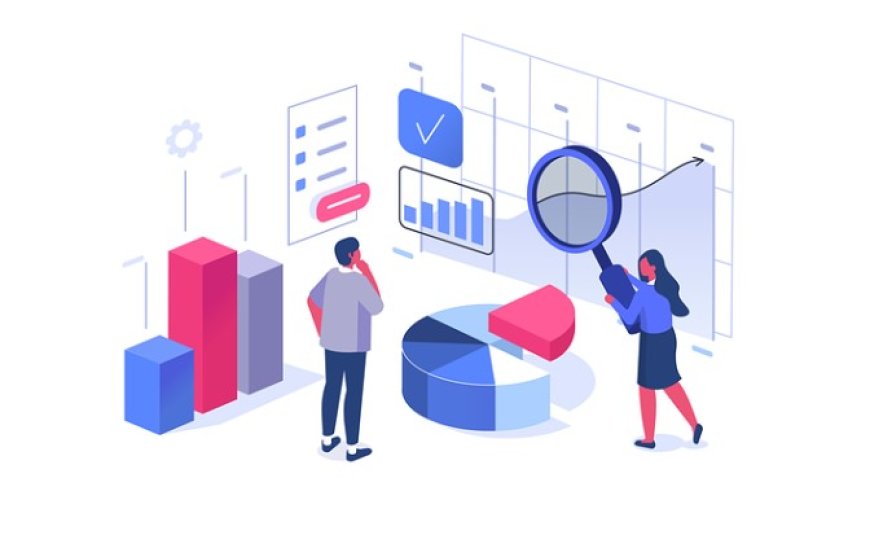
ERP systems offer powerful analytics and reporting tools. They provide real-time insights and visualizations. With up-to-date data and analysis available remotely, managers can make informed decisions quickly.
Scalability and Flexibility:
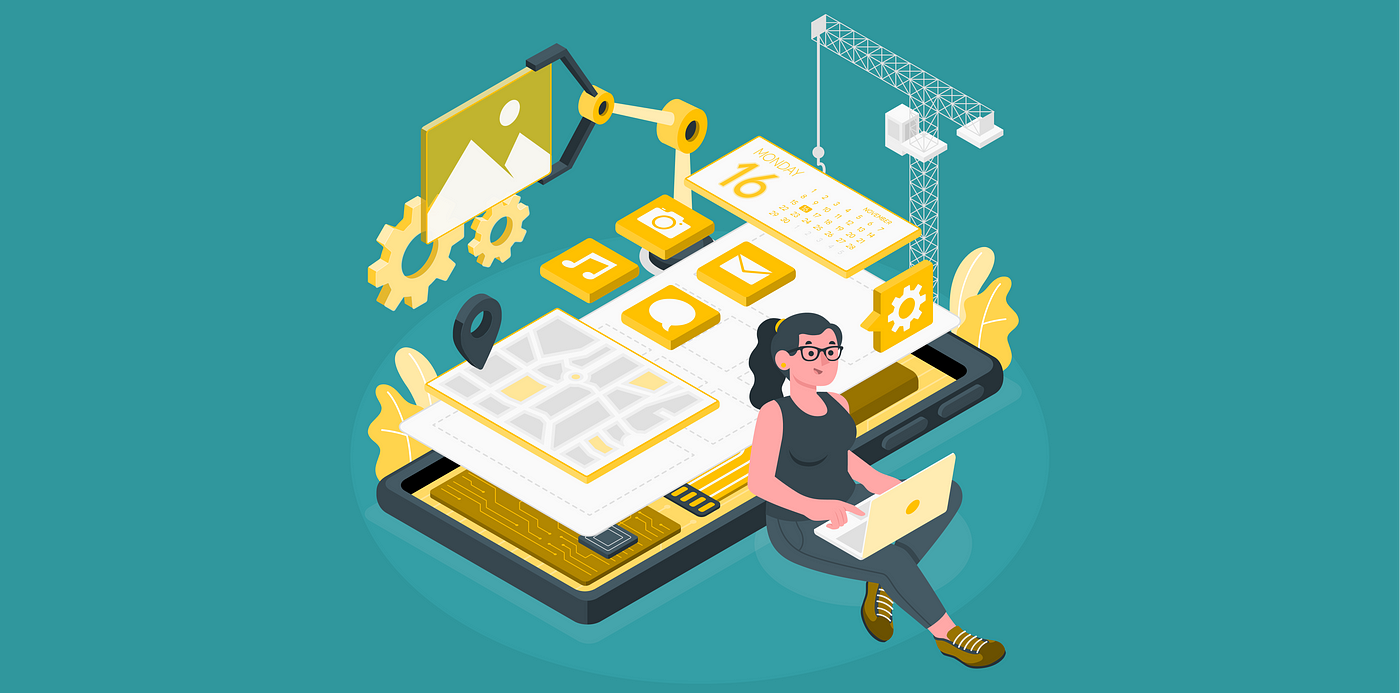
Cloud ERP lets businesses adjust resources easily as their needs change. They can increase or decrease computing power, storage, and users without big hardware costs. This flexibility helps companies handle changes in demand, growth, and organization smoothly.
Enhancing User Experience (UX):

Enhancements in the user interface and experience are given top priority to ensure applications are user-friendly. This is a key factor influencing the adoption of any ERP system. An intuitive ERP design promotes increased user adoption and efficiency while reducing the learning curve.
Driving Digital Transformation Forward
In conclusion, SAP Business One (SAP B1) emerges as more than an ERP solution—it’s a guiding force into the future. With its blend of advanced AI, industry-specific tailoring, and a commitment to user experience, cybersecurity, and sustainability, SAP B1 stands ready for the challenges of 2024.
As technology evolves, SAP B1 offers a journey marked by innovation, ensuring businesses experience efficiency gains, profit maximization, and overall success. Embrace the future with SAP B1, where your evolving business needs meet a forward-thinking ERP, promising adaptability and technological brilliance. SAP B1: Your match in the evolving landscape of ERP solutions.
Success Story – B&M Hardware

